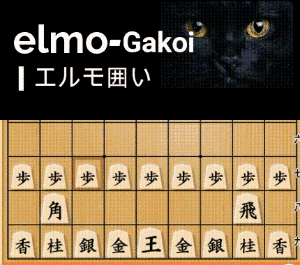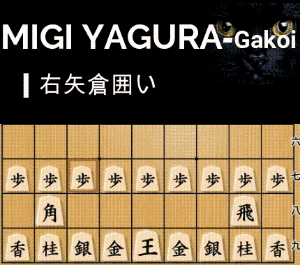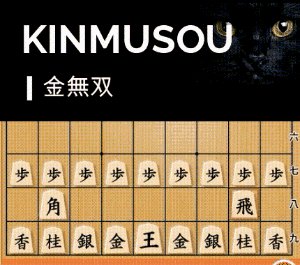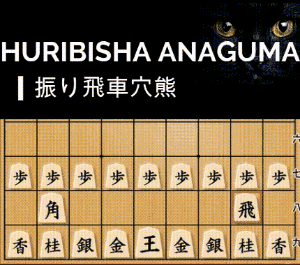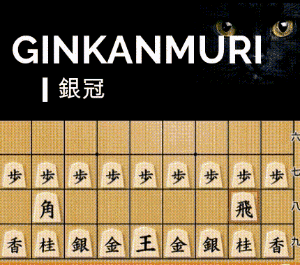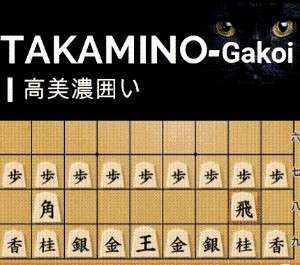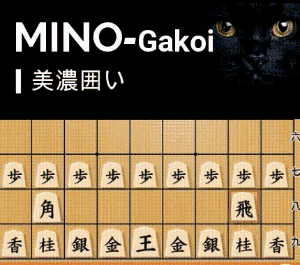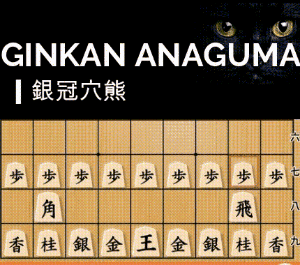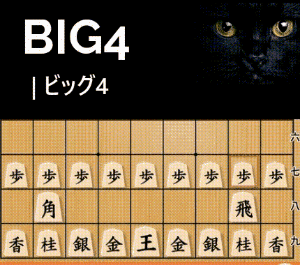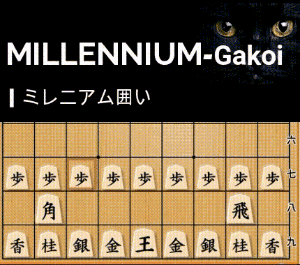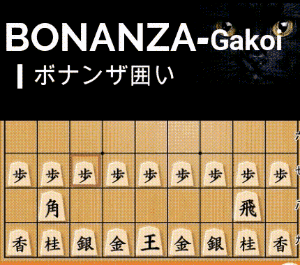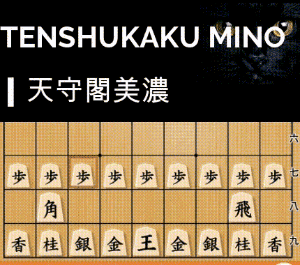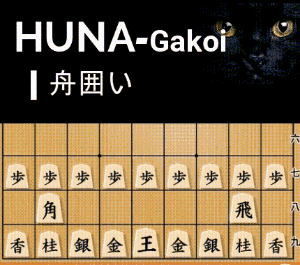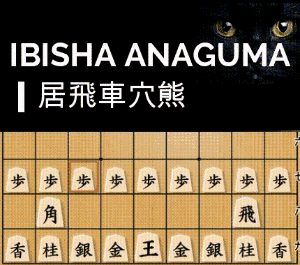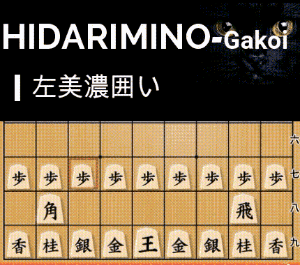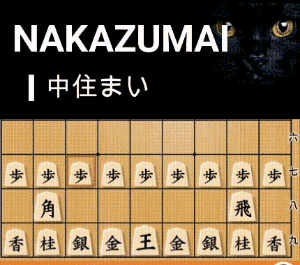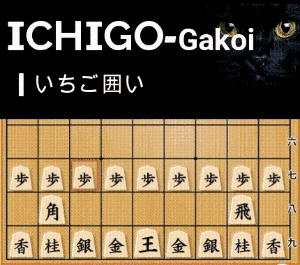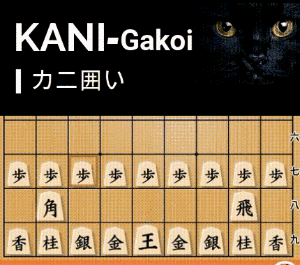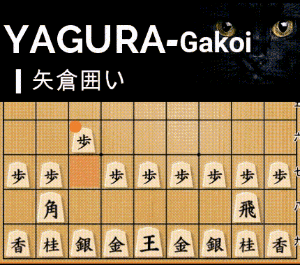Double Yagura 3-7 Silver Strategy – Fundamentals of Static Rook
Learn the fundamentals of the Double Yagura 3-7 Silver Strategy, a powerful attacking method in shogi. Perfect for players of all levels, this guide explains key setups and tactics for success in Static Rook play.
Setting Up the Double Yagura 3-7 Silver Strategy
The Double Yagura 3-7 Silver Strategy comes into play when both players build the Yagura castle, a highly defensive structure. Here’s how to set it up:
- Opening Moves:
The first step is to open the bishop’s diagonal (▲7-6 Pawn) while preparing to defend the rook file by advancing ▲6-8 Silver. This allows ▲7-7 Silver to counter any attack on the rook’s pawn. - Closing the Bishop’s Line:
If the opponent opens their bishop’s diagonal, respond with ▲6-6 Pawn to block bishop exchanges. Alternatively, ▲7-7 Silver can also achieve the same goal. - Developing the Formation:
Push the central pawn (▲5-6 Pawn) to create a path for your bishop to retreat later (to ▲7-9). This ensures your pieces are connected and prepares for the Double Yagura structure. - Building the Yagura Castle:
Complete the initial “Crab Castle” (Kani-gakoi) and transition to the full Yagura by moving your king to ▲8-8. This defensive formation is crucial for countering attacks. - Advanced Setup – Yagura 24-Move Formation:
Once the Yagura is completed, focus on perfecting the 24-move Yagura formation. This step isn’t mandatory but serves as a solid reference for how to construct a strong Yagura castle.
Attacking with the Double Yagura 3-7 Silver
The hallmark of this strategy is advancing the silver to ▲3-7. This move is fundamental for players at all levels and sets up a strong offensive position. Here’s how the attack unfolds:
- The 3-7 Silver Formation:
Advance the silver to ▲3-7 and later to ▲3-6. This positioning creates a powerful attacking structure alongside your rook, bishop, and knight. - Pawn Exchange on the 3rd File:
If the opponent continues normal Yagura development, strike with ▲3-5 Pawn to initiate an exchange. After the exchange, retreat your bishop to ▲4-6, gaining multiple advantages:- A pawn in hand for future use.
- Pressure on the opponent’s rook.
- Open lines for your king to safely retreat.
- Though subtle, this move sets the stage for a multi-faceted attack.
Preparing the Edge Attack:
Before launching a full-scale offensive, push the pawns on the 1st and 2nd files to target the opponent’s weak points along the edge. This preparation ensures your attack is both effective and well-supported.
Key Patterns for Attacking
👇Pattern 1: Responding to △2-4 Pawn
If the opponent captures on the 2nd file with △2-4 Pawn, follow up with ▲2-5 Pawn to pressure their silver. Use your knight to exploit weak points and gain an advantage. Once the opponent’s silver is displaced, drop ▲3-3 Pawn, a critical move to target the Yagura’s weak spot.
👇Pattern 2: Responding to △2-4 Silver
If the opponent captures on the 2nd file with △2-4 Silver, counter by advancing ▲3-6 Silver. This creates two possible responses:
- If they exchange silvers, recapture with your knight, creating a strong attacking shape.
- If they avoid the exchange with △3-5 Silver, push ▲2-5 Pawn and continue attacking their weak points.
Example Finish:
After securing the 3rd file and forcing the opponent’s pieces into passive positions, you can execute decisive moves such as ▲1-3 Knight Promotion, ▲1-4 Pawn, and ▲3-3 Pawn. Your bishop and rook will dominate, leaving the opponent unable to defend.
Conclusion
The Double Yagura 3-7 Silver Strategy combines the solid defense of the Yagura castle with a flexible yet aggressive attacking plan. By advancing the silver to ▲3-7, utilizing the edge pawns, and targeting weak points in the opponent’s formation, you can consistently gain an advantage. Whether you’re a beginner or an advanced player, this strategy is a must-know for mastering Static Rook play.



